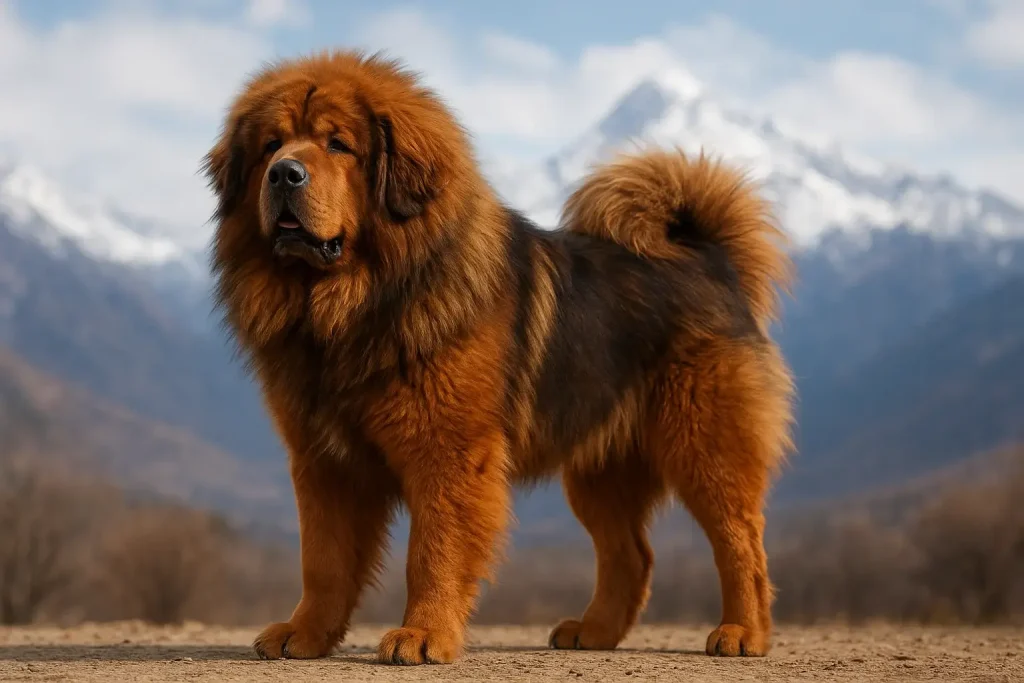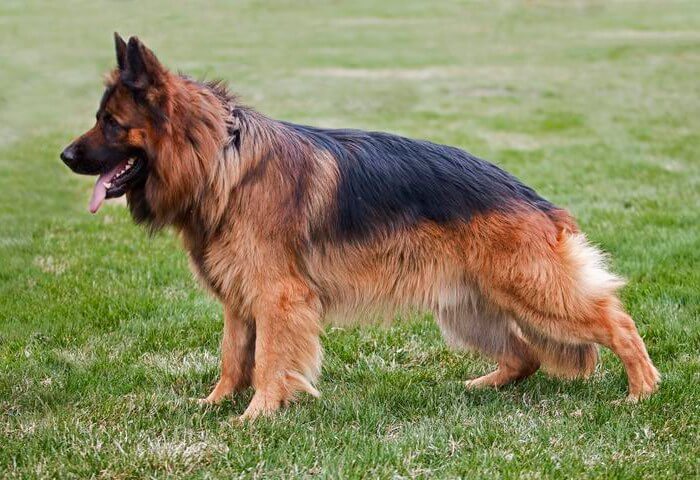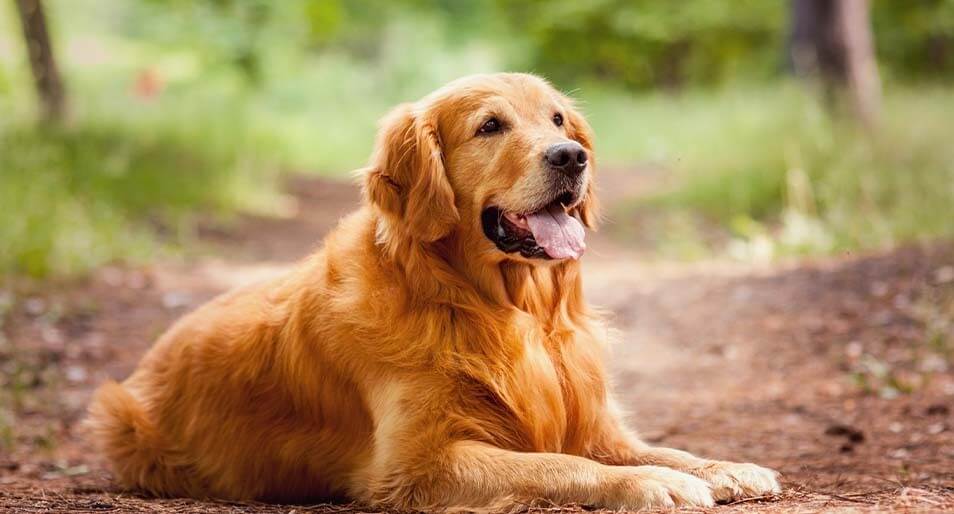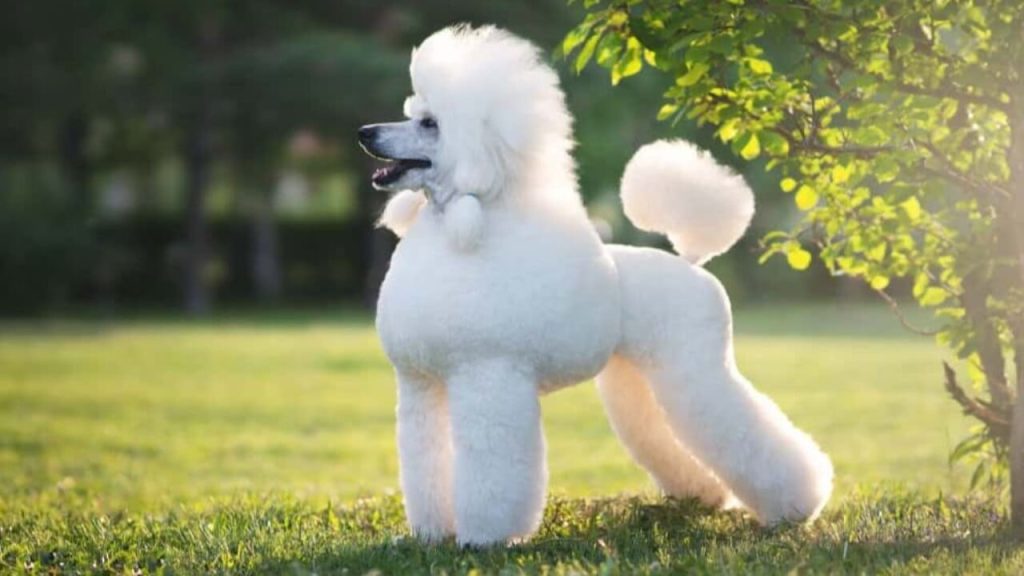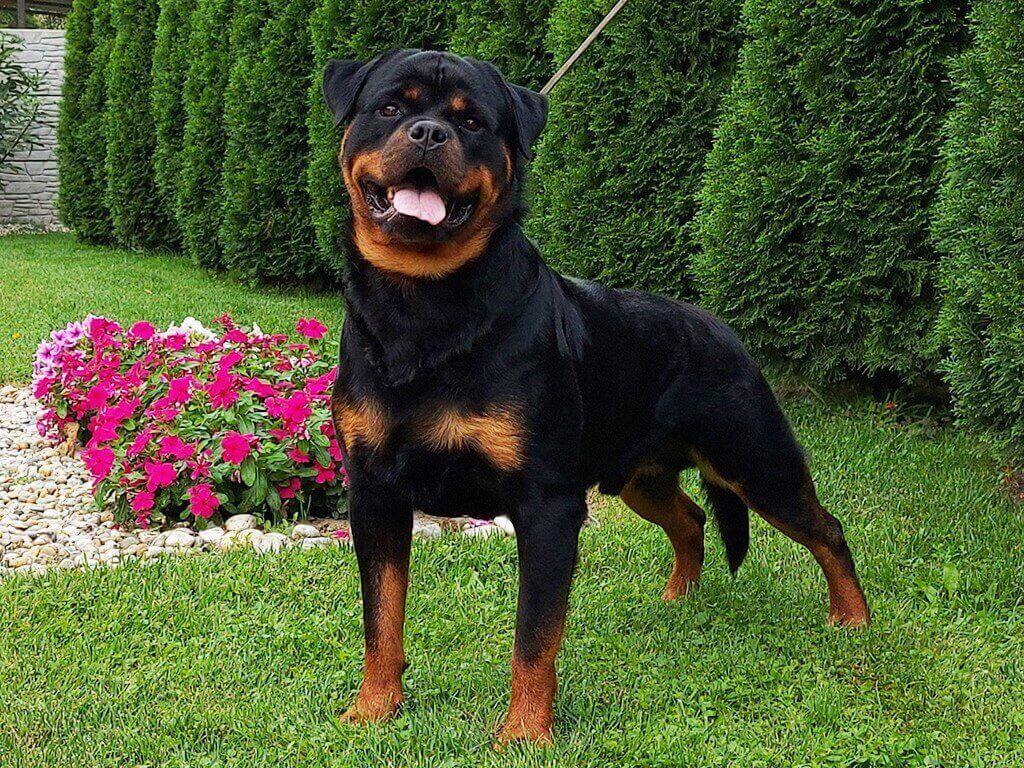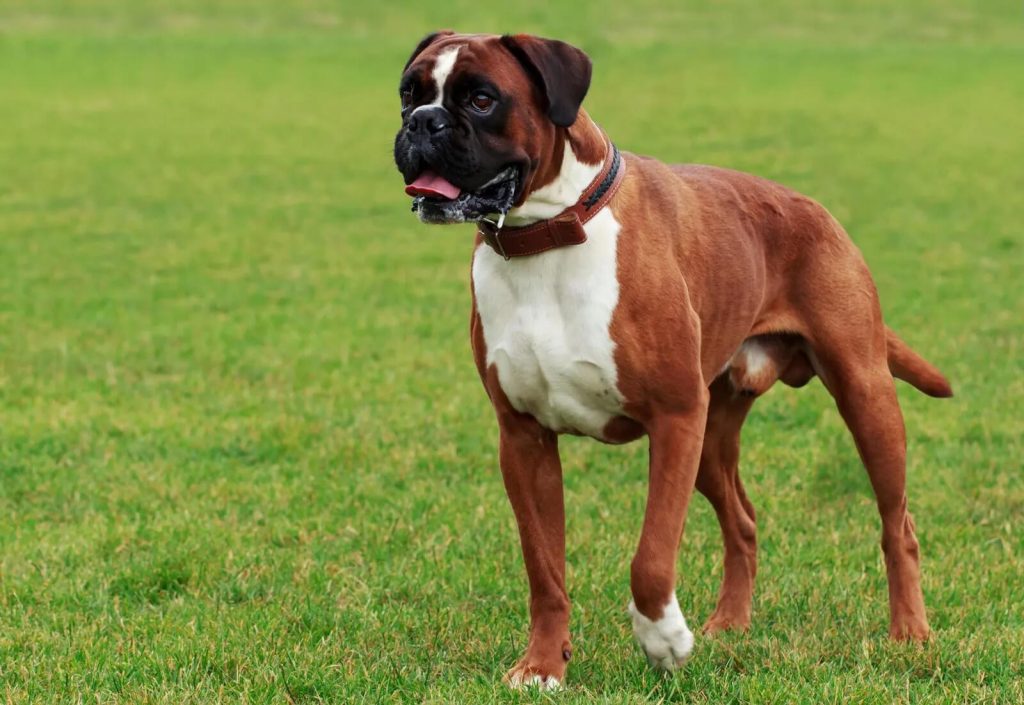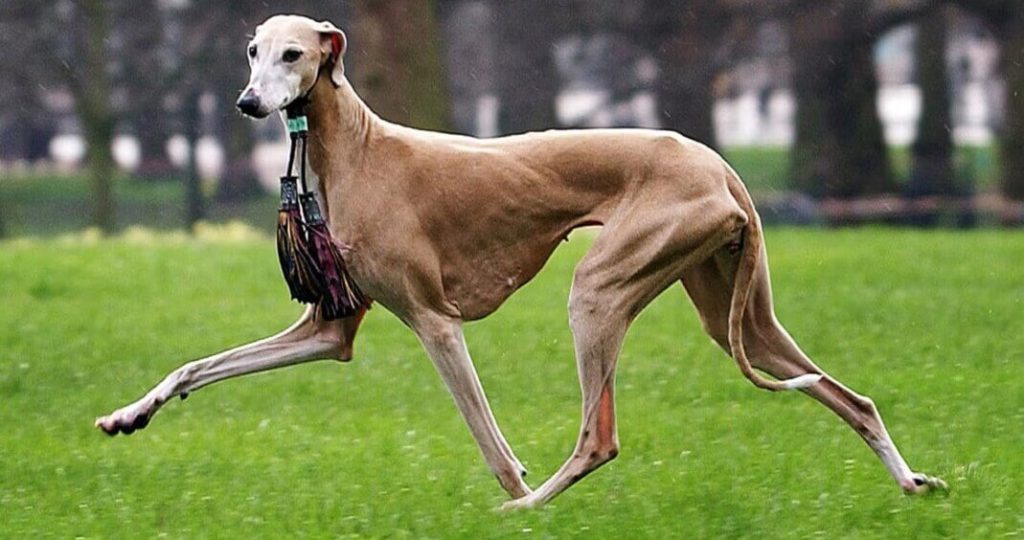The Tibetan Mastiff dog is among the world’s most remarkable and ancient canine breeds. Originating from the high-altitude regions of Tibet, this noble guardian was bred to protect livestock and monasteries from predators such as wolves and leopards. With its immense strength, intelligence, and regal appearance, the Tibetan Mastiff continues to earn admiration worldwide as a devoted and courageous companion.
Origin and History
The Tibetan Mastiff’s lineage dates back thousands of years, making it one of the original mastiff-type dogs from which many modern breeds have descended. Nomadic communities and monks in the Himalayas valued these dogs for their exceptional guarding instincts. Their thick double coat protected them from harsh climates, while their deep, resonant bark served as an effective deterrent against intruders.
Physical Characteristics
Renowned for its majestic build and luxurious coat, the Tibetan Mastiff stands as a symbol of natural beauty and strength. Males typically weigh between 90 to 150 pounds and reach up to 30 inches in height. Their dense fur, available in shades like black, brown, red, and golden, provides both warmth and protection. Despite their size, they move with agility and confidence, carrying themselves with a calm and commanding presence.
Temperament and Personality
The Tibetan Mastiff dog is known for being intelligent, protective, and loyal. They are thoughtful decision-makers and excellent guardians, but they can also be strong-willed. This breed is reserved with unfamiliar people yet forms strong, trusting bonds with its family. When raised with consistent guidance and care, they are gentle, patient, and dependable companions.
Ideal Environment and Living Conditions
Tibetan Mastiffs thrive in spacious and secure environments where they can move freely and express their natural behaviors. They are generally calm indoors but become attentive when they sense unusual activity. This breed is best suited for homes with yards or rural areas rather than apartments. Families who can provide time, mental stimulation, and confident leadership will find the Tibetan Mastiff an exceptional companion.
Training and Socialization
Training a Tibetan Mastiff requires patience, empathy, and consistency. Positive reinforcement methods work best, as harsh corrections can cause resistance. Early socialization—introducing the puppy to new people, places, and sounds—helps build confidence and good behavior. Due to their independent thinking, they may be better suited for guardians who have previous experience with large breeds.
Exercise and Activity Needs
While they are large and powerful, Tibetan Mastiffs do not require excessive physical activity. Moderate daily walks, light playtime, and mental enrichment are ideal. Since they were bred for watching and guarding rather than chasing, they prefer calm surroundings. Over-exercising growing puppies should be avoided to prevent joint strain.
Grooming and Health Care
The Tibetan Mastiff’s dense double coat requires regular brushing, especially during shedding seasons. Weekly grooming helps keep the coat clean and free of tangles. Bathing should be occasional to preserve natural oils in their skin. Routine veterinary check-ups, vaccinations, and joint health monitoring are vital. This breed is generally robust but may be prone to conditions such as hip dysplasia and thyroid imbalances if not bred responsibly.
Diet and Nutrition
A balanced diet supports the overall health and vitality of a Tibetan Mastiff. High-quality protein sources, omega fatty acids, and joint-supporting nutrients are important. Controlled portion sizes help prevent obesity and joint issues. Fresh water should always be accessible, particularly in warmer climates or after activity.
Lifespan and Reproduction
The average lifespan of a Tibetan Mastiff is around 10 to 12 years. Good nutrition, regular care, and ethical breeding practices can help extend their lifespan. Female Mastiffs typically go into heat once a year, which is less frequent compared to many other breeds, making their reproductive cycle unique.
Price and Rarity
The Tibetan Mastiff dog is often listed among the world’s most valuable breeds. Prices for responsibly bred puppies range between $5,000 and $20,000, depending on heritage and region. In rare cases, elite bloodlines in certain countries have sold for significantly higher prices. However, ethical breeders prioritize health, temperament, and preservation of the breed’s history over luxury or exclusivity.
Why Tibetan Mastiffs Are Special
Beyond their stunning appearance, Tibetan Mastiffs stand out for their intelligence, independence, and profound loyalty. They embody centuries of Himalayan heritage and remain an inspiring symbol of guardianship. With proper care, training, and respect for their unique nature, they become loving and steadfast members of the family.
Conclusion
The Tibetan Mastiff dog represents strength, wisdom, and dedication. This historic breed continues to inspire admiration worldwide with its noble demeanor and protective instincts. For those prepared to meet its needs, the Tibetan Mastiff offers a lifelong bond built on trust and mutual respect.
FAQs
Are Tibetan Mastiffs good family dogs?
Yes, when properly trained and socialized, Tibetan Mastiffs can be wonderful family companions. They are loyal, gentle, and deeply protective of their loved ones.
Do Tibetan Mastiffs get along with other pets?
They can live peacefully with other animals when introduced carefully and raised together. Supervision and training help ensure harmony in multi-pet households.
Are Tibetan Mastiffs easy to train?
They are intelligent but independent-minded. Consistent, positive reinforcement and early socialization make training more effective and enjoyable.
How much exercise does a Tibetan Mastiff need?
They need moderate activity, such as daily walks and mental games. Their calm nature means they prefer routine rather than high-intensity exercise.
Why are Tibetan Mastiffs so expensive?
Their value comes from their heritage, rarity, and careful breeding. Responsible breeders emphasize health, temperament, and lineage preservation.
